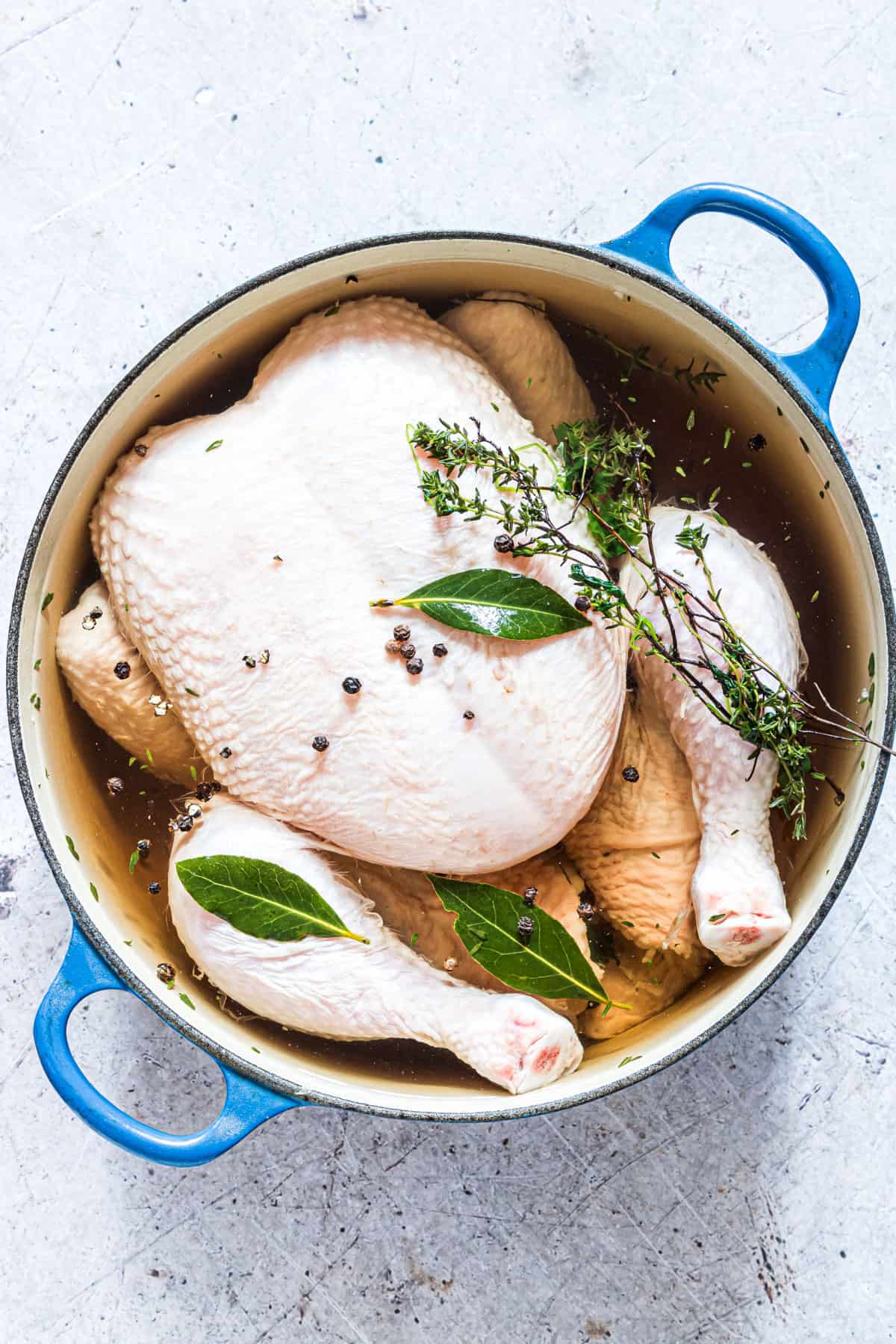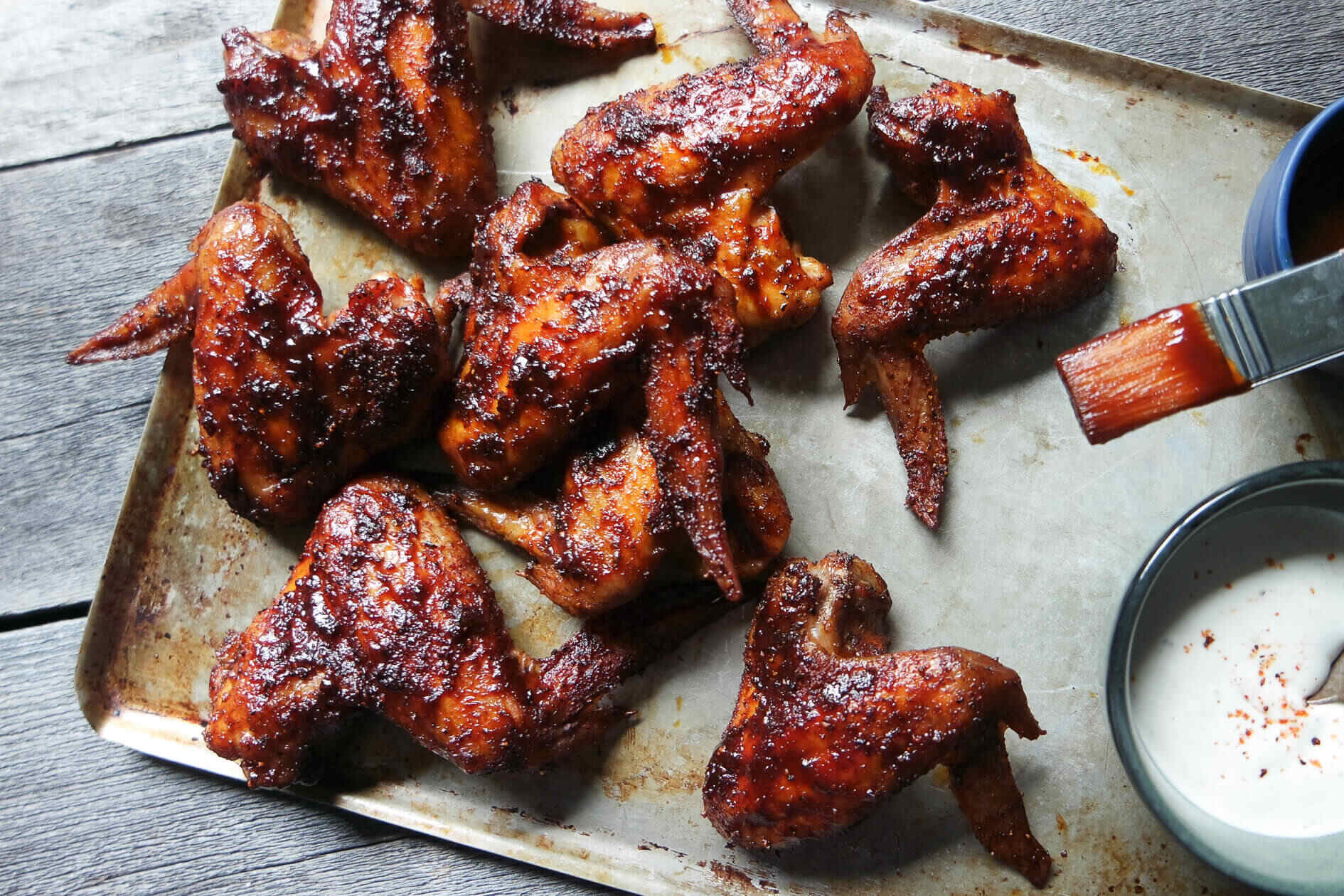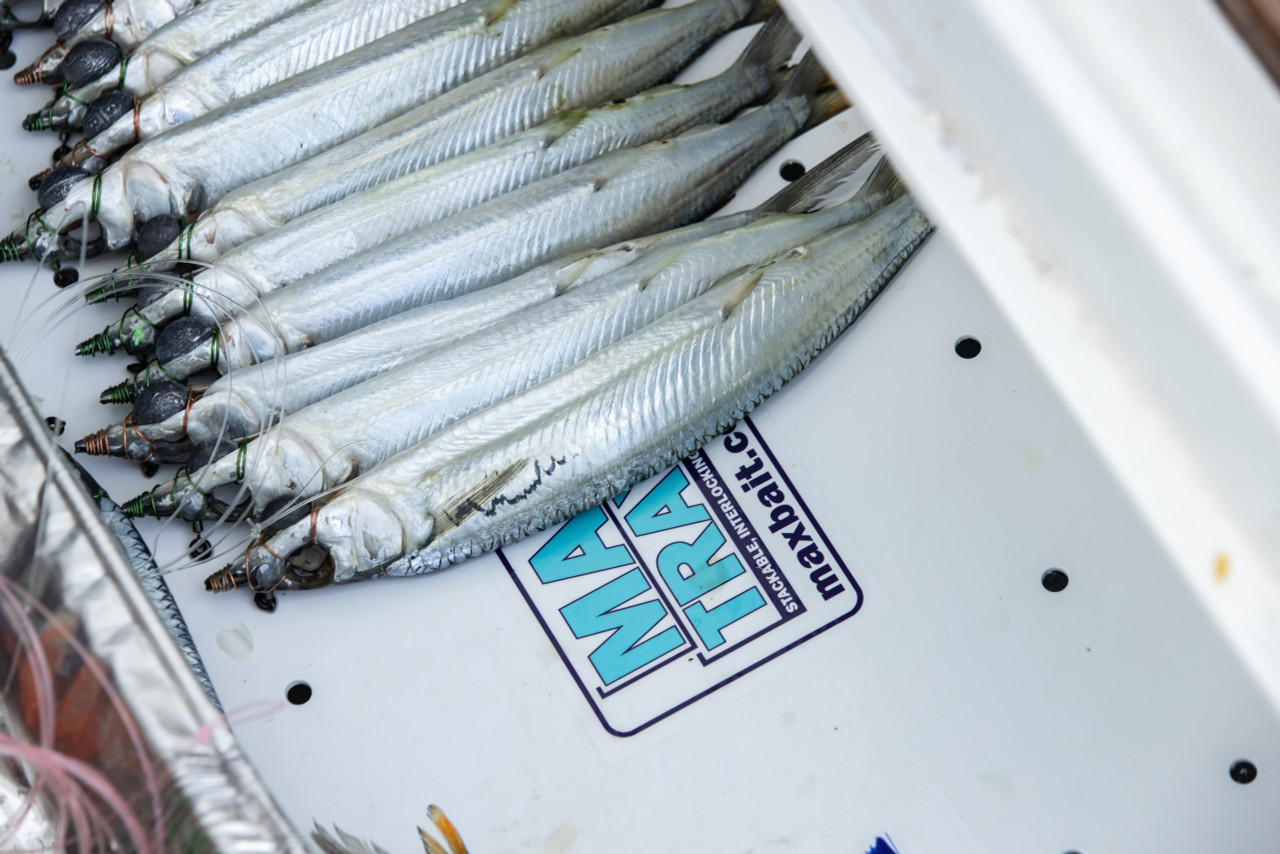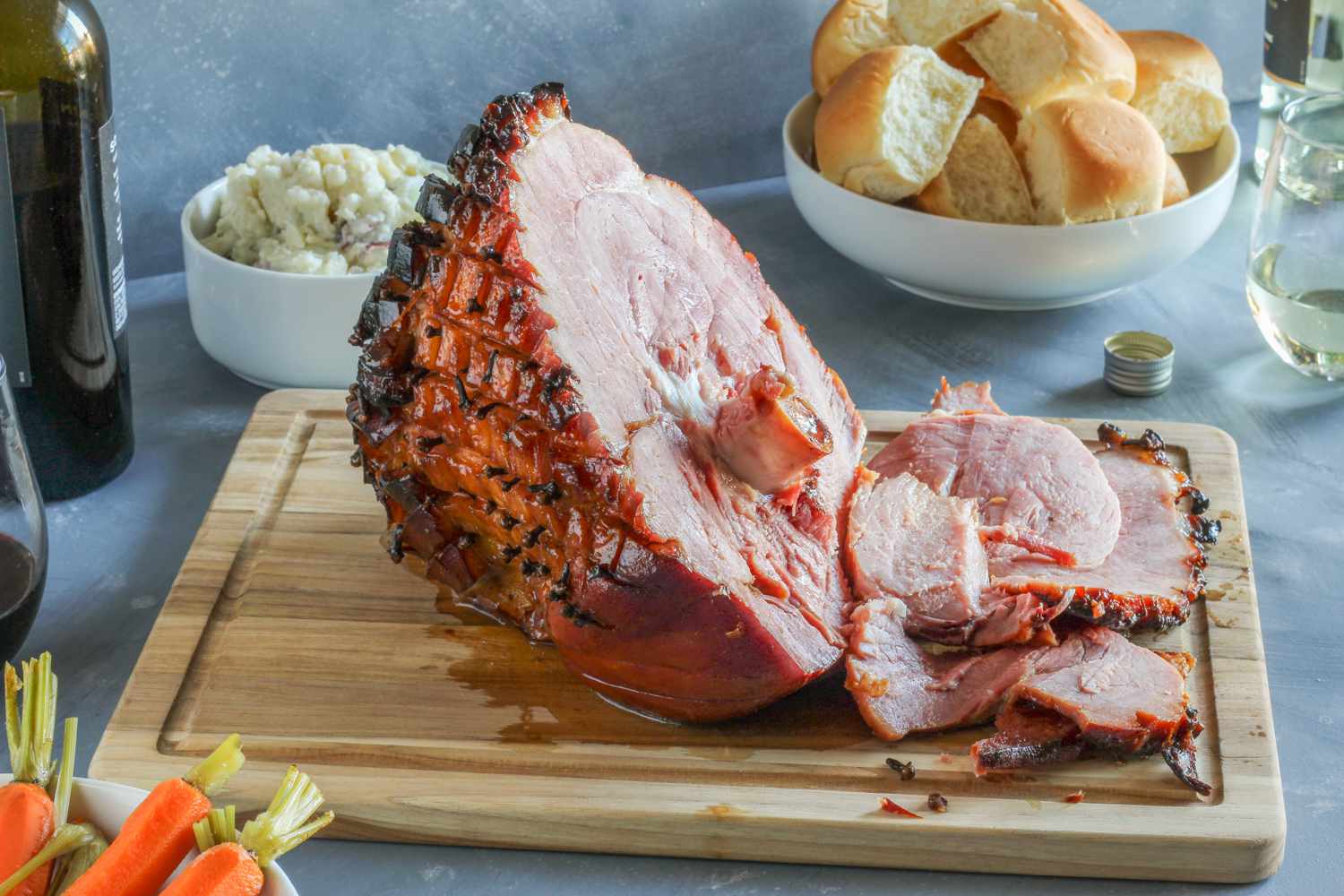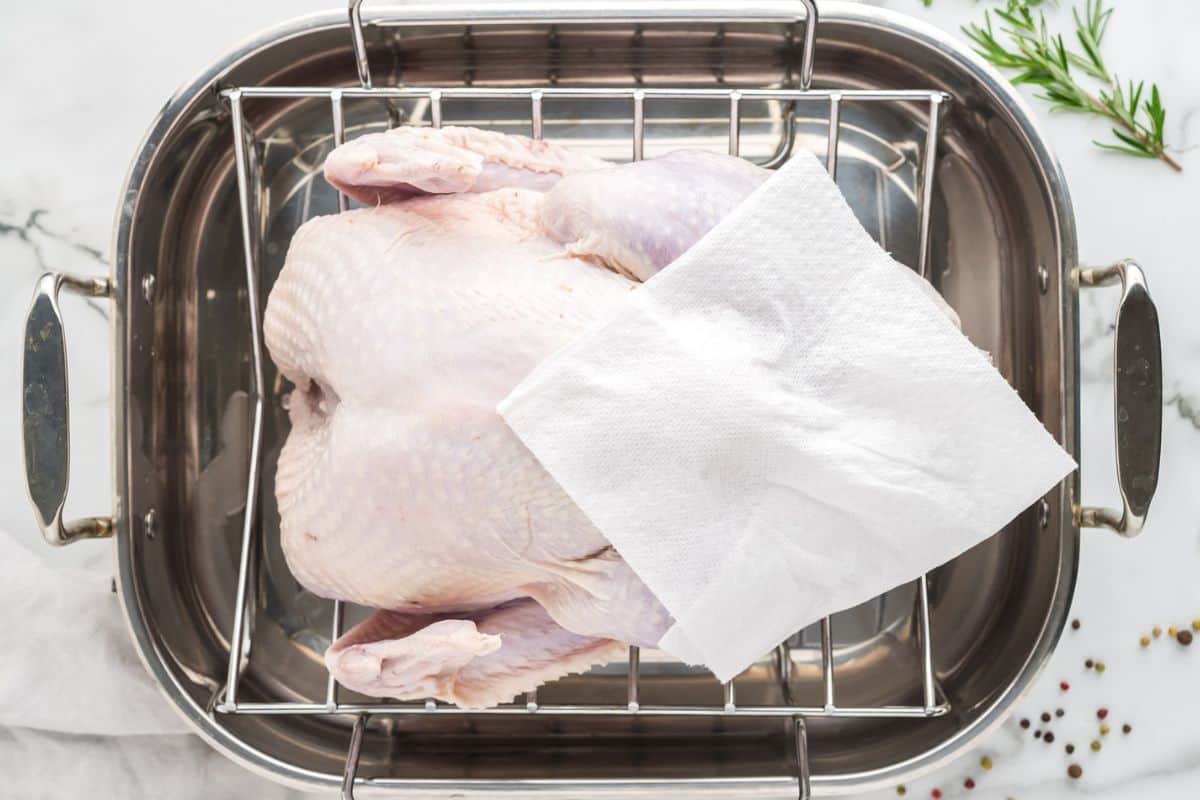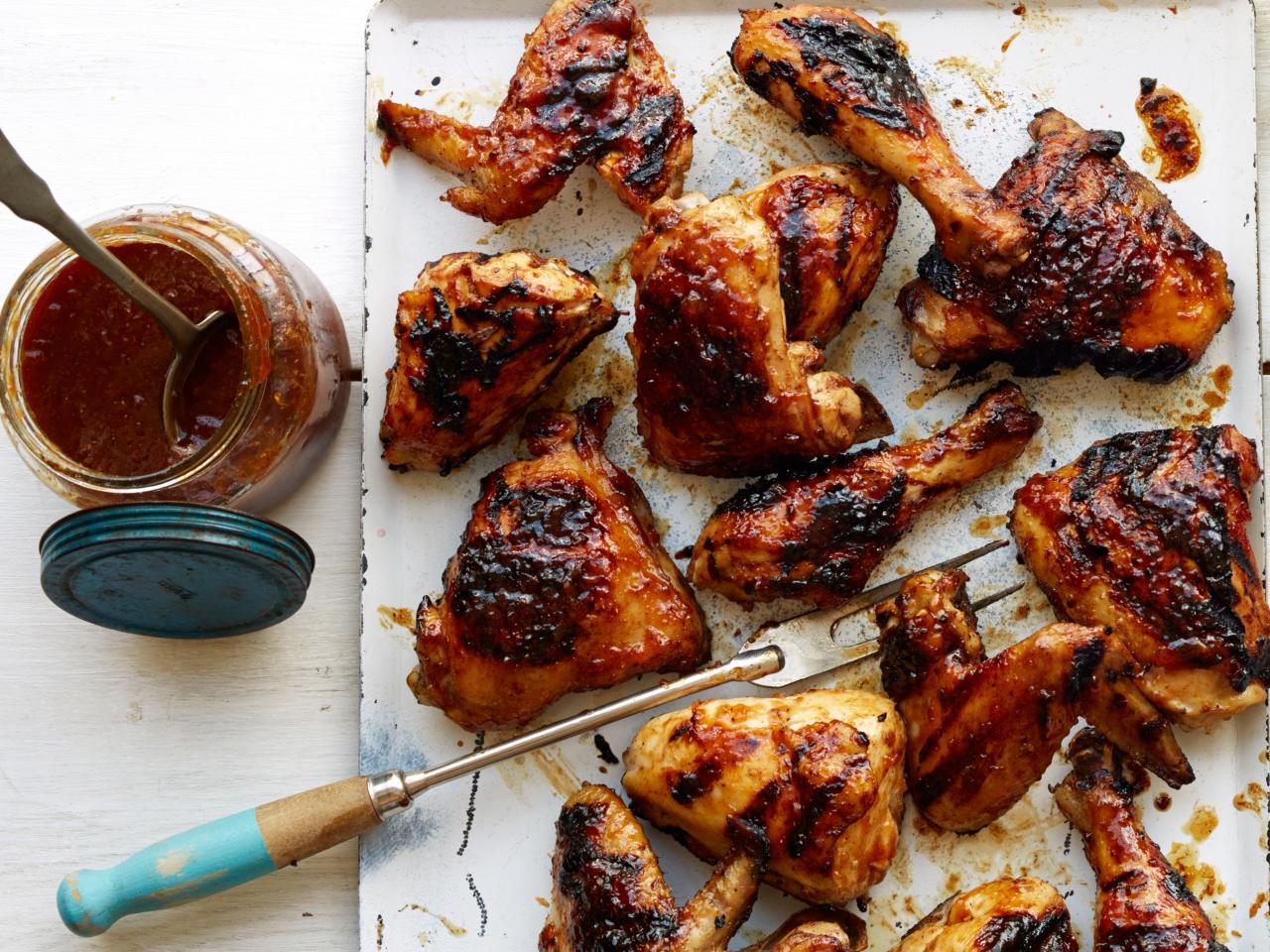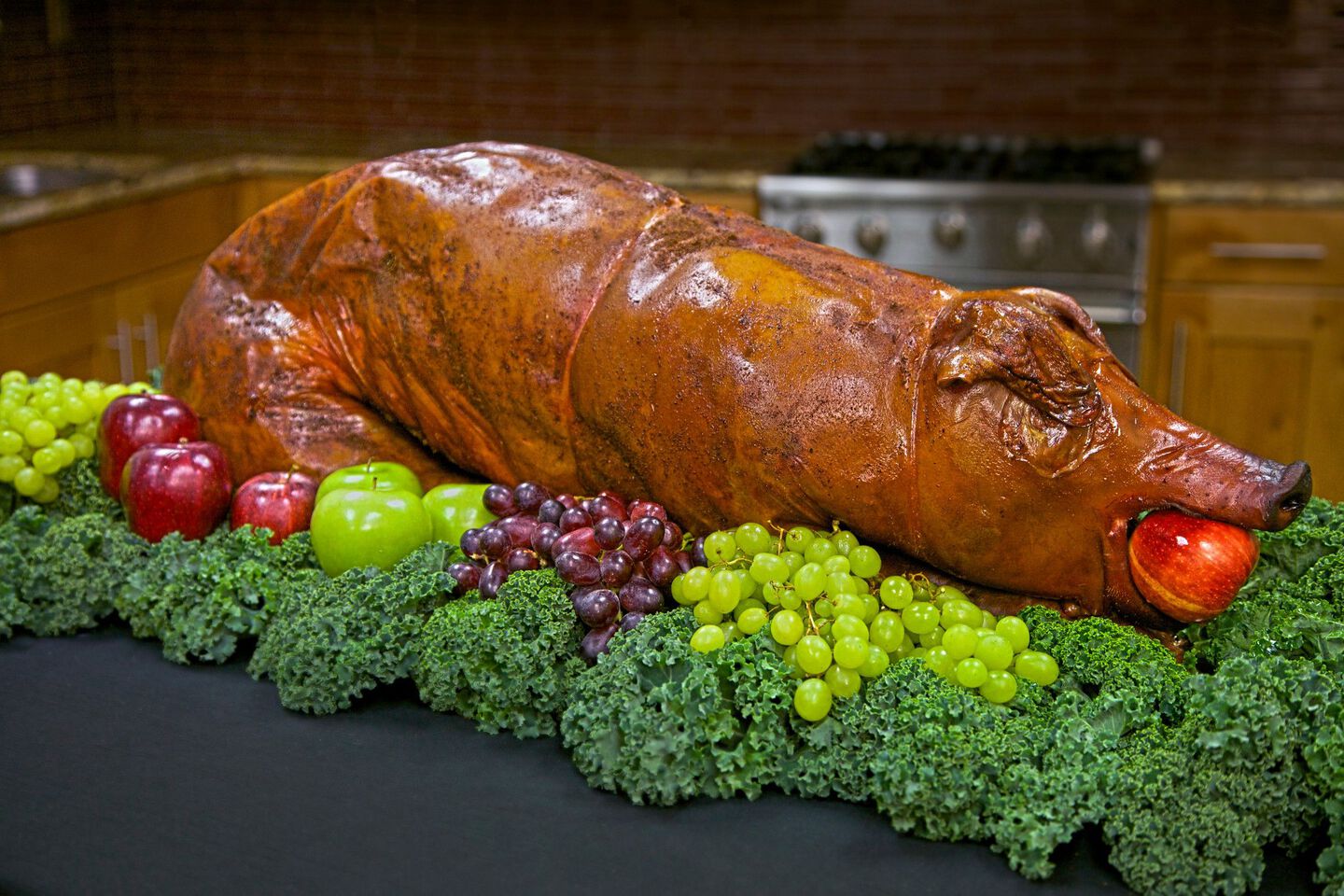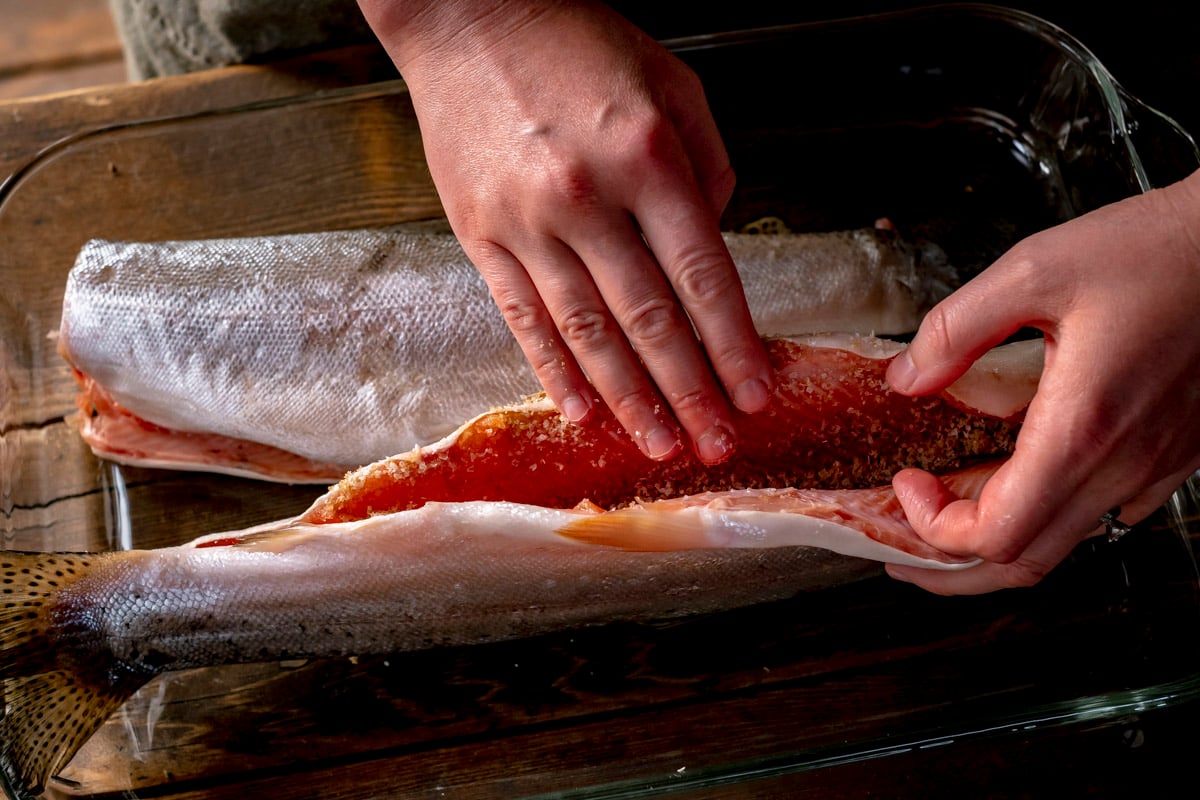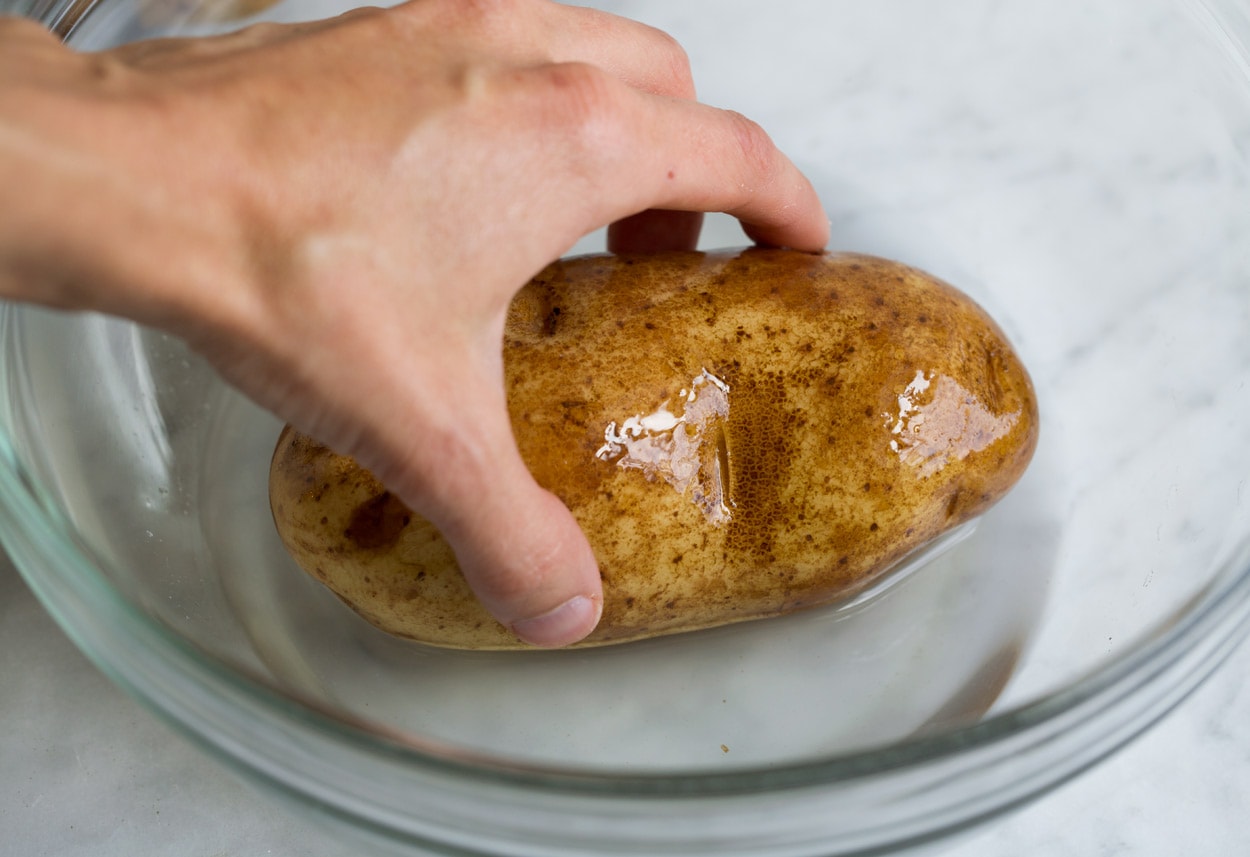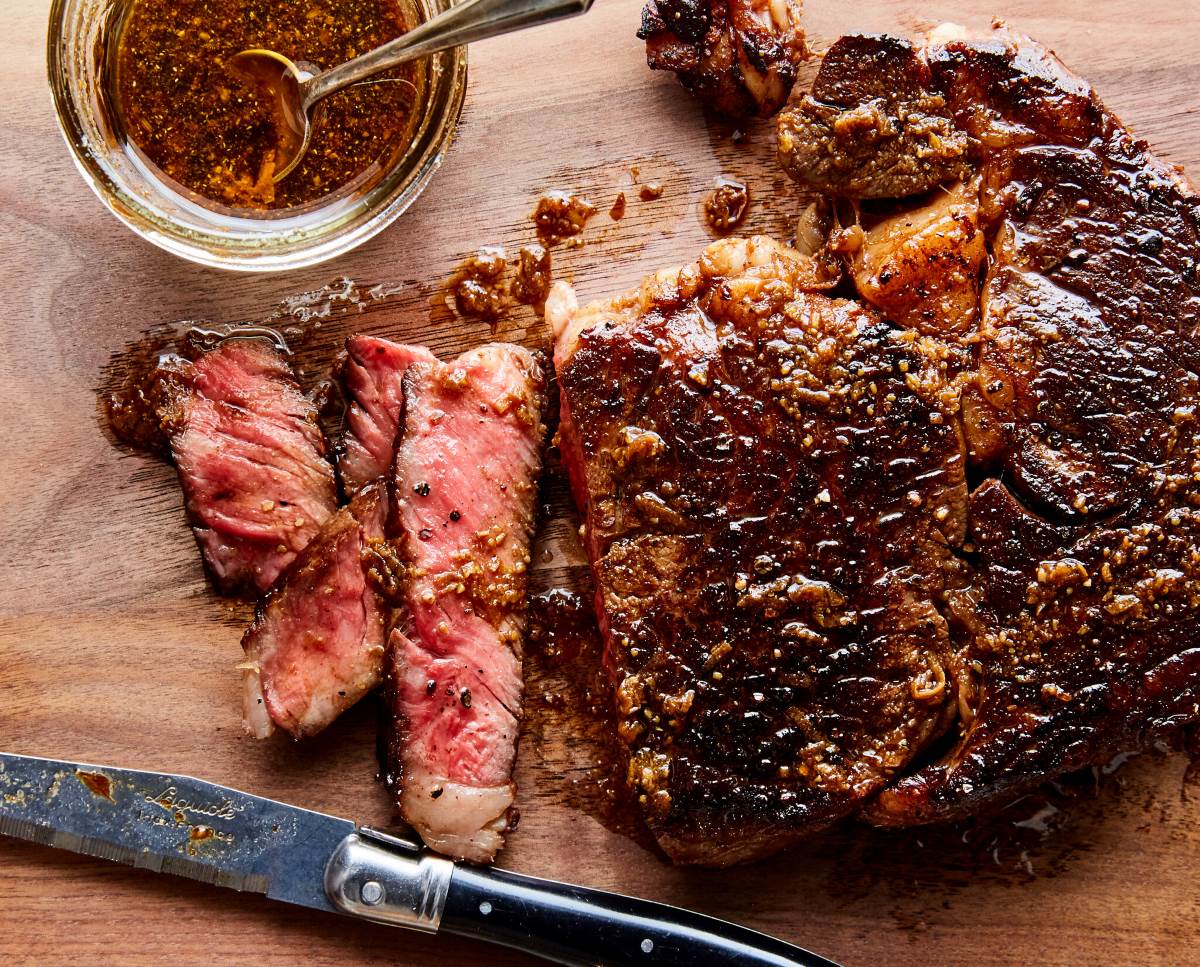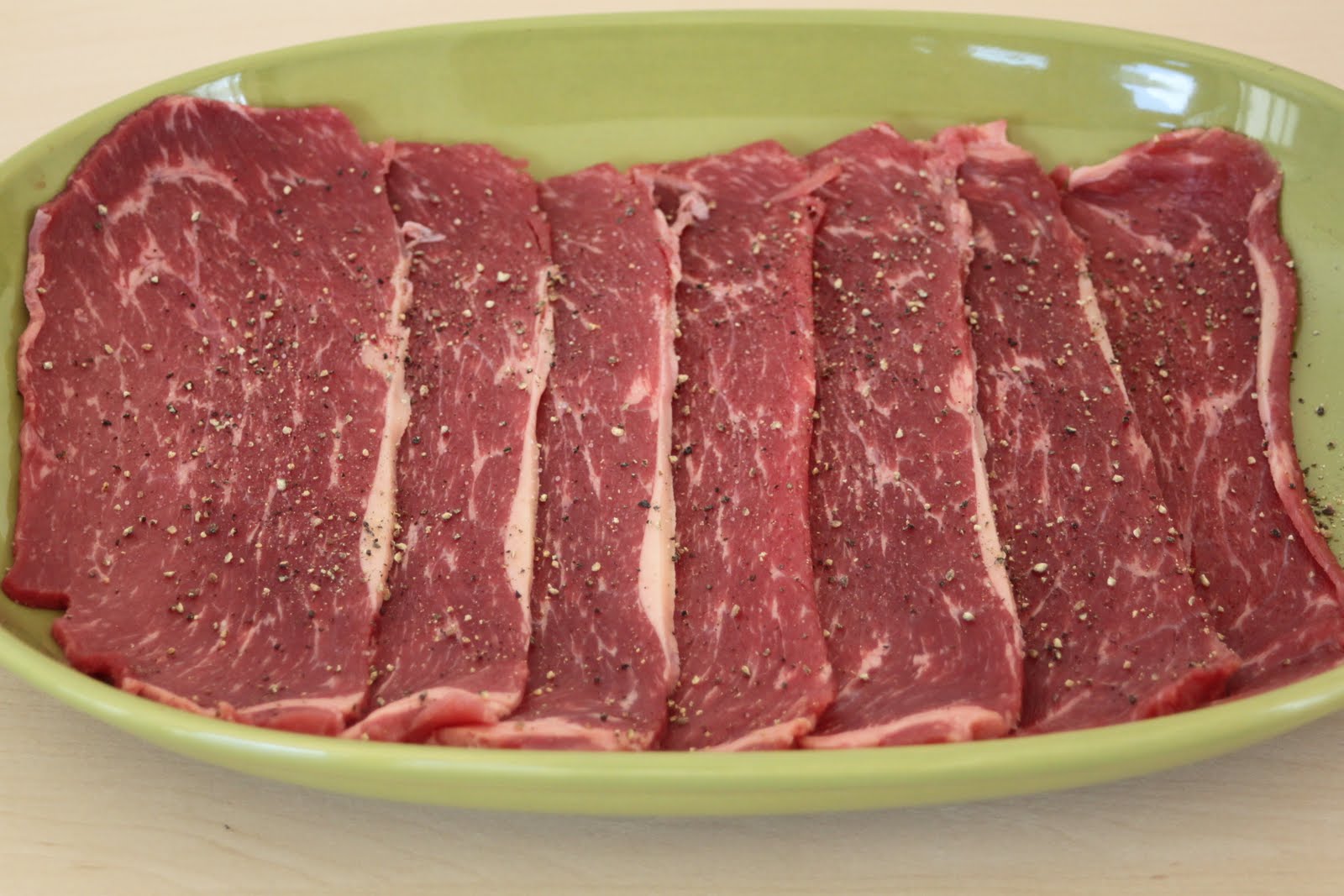Brining Split Chicken Breast: A Delicious Way to Enhance Flavor and Juiciness
When it comes to cooking chicken breast, brining is a simple yet effective technique that can take your dish to the next level. Brining involves soaking the chicken in a saltwater solution, which helps to enhance its flavor and juiciness. In this article, we’ll explore the process of brining split chicken breast and provide you with a step-by-step guide to achieve mouthwatering results.
Why Brine Split Chicken Breast?
Brining is a fantastic way to ensure that your split chicken breast turns out tender and flavorful. The salt in the brine solution helps to break down the proteins in the chicken, allowing it to retain more moisture during the cooking process. This results in a juicier and more succulent final product, making it a great option for anyone looking to elevate their chicken dish.
How to Brine Split Chicken Breast
Brining split chicken breast is a straightforward process that requires just a few simple ingredients and some advance planning. Here’s a step-by-step guide to brining your chicken breast:
- Prepare the Brine Solution: In a large bowl or container, mix together water, salt, and any additional flavorings such as herbs, spices, or sugar. The general ratio for a basic brine solution is 1/4 cup of salt per 4 cups of water. Make sure the salt is fully dissolved before proceeding to the next step.
- Add the Chicken: Place the split chicken breast into the brine solution, ensuring that it is fully submerged. You can also add ice to the brine to help keep the chicken at a safe temperature during the brining process.
- Refrigerate: Cover the container and place it in the refrigerator. Let the chicken breast brine for at least 4 hours, but ideally overnight for the best results.
- Rinse and Pat Dry: Once the brining time is complete, remove the chicken breast from the brine solution and rinse it thoroughly under cold water. Pat the chicken dry with paper towels before cooking.
Cooking Brined Split Chicken Breast
Now that your split chicken breast has been brined, it’s ready to be cooked to perfection. Whether you choose to grill, bake, or pan-sear the chicken, the brining process will help ensure that it remains moist and flavorful throughout. Be sure to season the chicken with your favorite herbs and spices before cooking for an added burst of flavor.
Conclusion
Brining split chicken breast is a simple yet effective way to elevate the flavor and juiciness of this popular cut of meat. By following the steps outlined in this article, you can achieve delicious results that are sure to impress your family and friends. So, the next time you’re planning to cook split chicken breast, consider brining it for an extra layer of flavor and juiciness that will take your dish to the next level.
Was this page helpful?
Read Next: How To Brine Tuna Steaks

